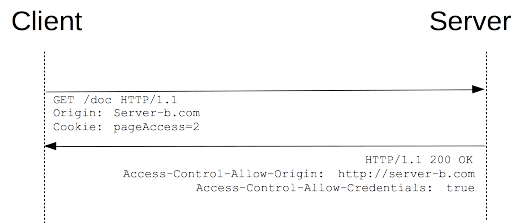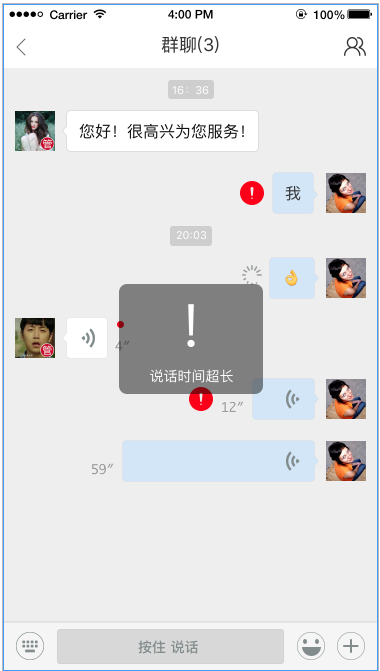My Code works fine For Android 2.3 but i don't know why it doesn't work for Android 4.2
My Exception log is here
01-17 09:54:04.411: E/SQLiteLog(24202): (14) cannot open file at line 30176 of [00bb9c9ce4]
01-17 09:54:04.411: E/SQLiteLog(24202): (14) os_unix.c:30176: (2) open(/data/data/com.example.myapp/databases/myapp.db) -
Failed to open database '/data/data/com.example.mypapp/databases/myapp.db'.
android.database.sqlite.SQLiteCantOpenDatabaseException: unknown error (code 14): Could not open database
at android.database.sqlite.SQLiteConnection.nativeOpen(Native Method)
at android.database.sqlite.SQLiteConnection.open(SQLiteConnection.java:209)
at android.database.sqlite.SQLiteConnection.open(SQLiteConnection.java:193)
at android.database.sqlite.SQLiteConnectionPool.openConnectionLocked(SQLiteConnectionPool.java:463)
at android.database.sqlite.SQLiteConnectionPool.open(SQLiteConnectionPool.java:185)
at android.database.sqlite.SQLiteConnectionPool.open(SQLiteConnectionPool.java:177)
at android.database.sqlite.SQLiteDatabase.openInner(SQLiteDatabase.java:804)
at android.database.sqlite.SQLiteDatabase.open(SQLiteDatabase.java:789)
at android.database.sqlite.SQLiteDatabase.openDatabase(SQLiteDatabase.java:694)
at android.database.sqlite.SQLiteDatabase.openDatabase(SQLiteDatabase.java:669)
at com.example.myapp.DataBaseHelper.checkDataBase(DataBaseHelper.java:80)
at com.example.myapp.DataBaseHelper.createDataBase(DataBaseHelper.java:47)
at com.example.myapp.MainActivity.onCreate(MainActivity.java:61)
at android.app.Activity.performCreate(Activity.java:5104)
at android.app.Instrumentation.callActivityOnCreate(Instrumentation.java:1080)
at android.app.ActivityThread.performLaunchActivity(ActivityThread.java:2144)
at android.app.ActivityThread.handleLaunchActivity(ActivityThread.java:2230)
at android.app.ActivityThread.access$600(ActivityThread.java:141)
at android.app.ActivityThread$H.handleMessage(ActivityThread.java:1234)
at android.os.Handler.dispatchMessage(Handler.java:99)
at android.os.Looper.loop(Looper.java:137)
at android.app.ActivityThread.main(ActivityThread.java:5039)
at java.lang.reflect.Method.invokeNative(Native Method)
at java.lang.reflect.Method.invoke(Method.java:511)
at com.android.internal.os.ZygoteInit$MethodAndArgsCaller.run(ZygoteInit.java:793)
at com.android.internal.os.ZygoteInit.main(ZygoteInit.java:560)
at dalvik.system.NativeStart.main(Native Method)
My MainActivity.java
public class MainActivity extends Activity {
public void onCreate(Bundle icicle) {
super.onCreate(icicle);
setContentView(R.layout.activity_main);
DataBaseHelper myDbHelper;
myDbHelper = new DataBaseHelper(this);
try {
myDbHelper.createDataBase();
} catch (IOException ioe) {
throw new Error("Unable to create database");
}
try {
myDbHelper.openDataBase();
} catch (SQLException sqle) {
throw sqle;
} finally {
myDbHelper.close();
}
}}
My DatabaseHelper.java
public class DataBaseHelper extends SQLiteOpenHelper{
//The Android's default system path of your application database.
private static String DB_PATH = "/data/data/com.example.myapp/databases/";
private static String DB_NAME = "myapp.db";
private SQLiteDatabase myDataBase;
private final Context myContext;
/**
* Constructor
* Takes and keeps a reference of the passed context in order to access to the application assets and resources.
* @param context
*/
public DataBaseHelper(Context context) {
super(context, DB_NAME, null, 1);
this.myContext = context;
}
/**
* Creates a empty database on the system and rewrites it with your own database.
* */
public void createDataBase() throws IOException{
boolean dbExist = checkDataBase();
if(dbExist){
//do nothing - database already exist
}else{
//By calling this method and empty database will be created into the default system path
//of your application so we are gonna be able to overwrite that database with our database.
this.getReadableDatabase();
try {
copyDataBase();
} catch (IOException e) {
throw new Error("Error copying database");
}
}
}
/**
* Check if the database already exist to avoid re-copying the file each time you open the application.
* @return true if it exists, false if it doesn't
*/
private boolean checkDataBase(){
SQLiteDatabase checkDB = null;
try{
String myPath = DB_PATH + DB_NAME;
checkDB = SQLiteDatabase.openDatabase(myPath, null, SQLiteDatabase.OPEN_READONLY);
}catch(SQLiteException e){
Log.i("Hellloooo", e.getMessage());
//database does't exist yet.
}
if(checkDB != null){
checkDB.close();
}
return checkDB != null ? true : false;
}
/**
* Copies your database from your local assets-folder to the just created empty database in the
* system folder, from where it can be accessed and handled.
* This is done by transfering bytestream.
* */
private void copyDataBase() throws IOException{
//Open your local db as the input stream
InputStream myInput = myContext.getAssets().open(DB_NAME);
// Path to the just created empty db
String outFileName = DB_PATH + DB_NAME;
//Open the empty db as the output stream
OutputStream myOutput = new FileOutputStream(outFileName);
//transfer bytes from the inputfile to the outputfile
byte[] buffer = new byte[1024];
int length;
while ((length = myInput.read(buffer))>0){
myOutput.write(buffer, 0, length);
}
//Close the streams
myOutput.flush();
myOutput.close();
myInput.close();
}
public void openDataBase() throws SQLException{
//Open the database
String myPath = DB_PATH + DB_NAME;
myDataBase = SQLiteDatabase.openDatabase(myPath, null, SQLiteDatabase.OPEN_READONLY);
}
@Override
public synchronized void close() {
if(myDataBase != null)
myDataBase.close();
super.close();
}
@Override
public void onCreate(SQLiteDatabase db) {
}
@Override
public void onUpgrade(SQLiteDatabase db, int oldVersion, int newVersion) {
}
// Add your public helper methods to access and get content from the database.
// You could return cursors by doing "return myDataBase.query(....)" so it'd be easy
// to you to create adapters for your views.
}



